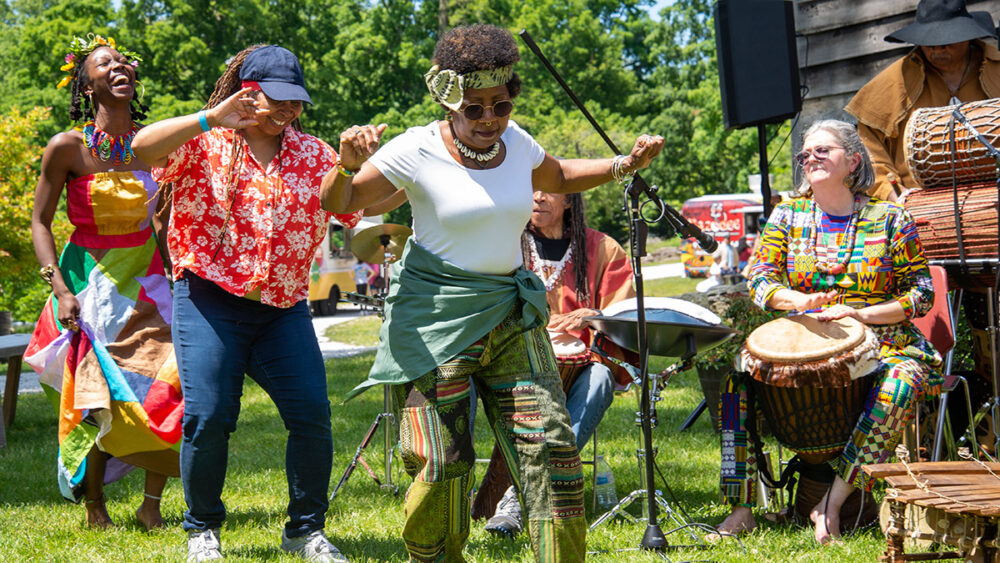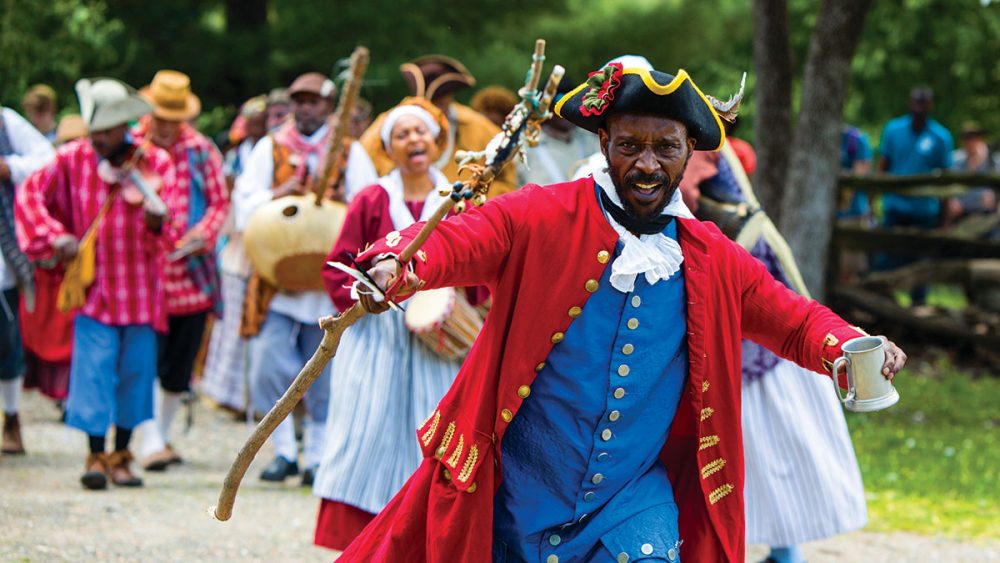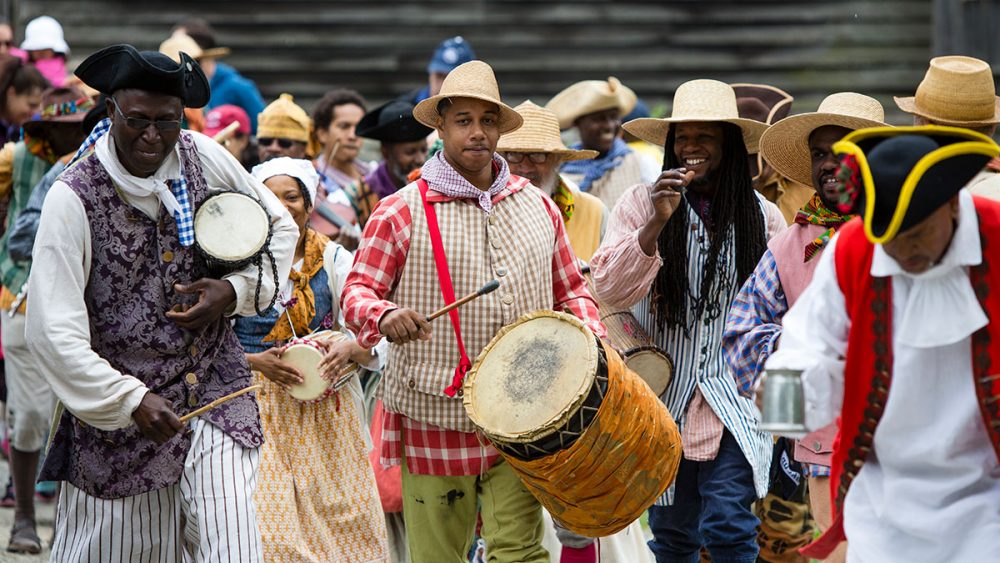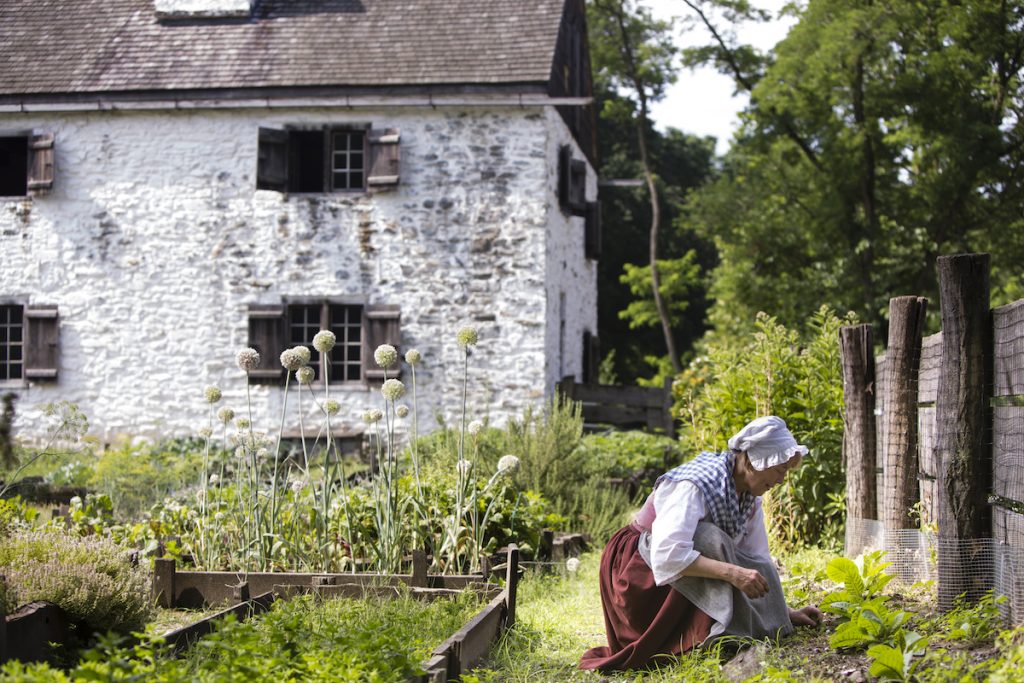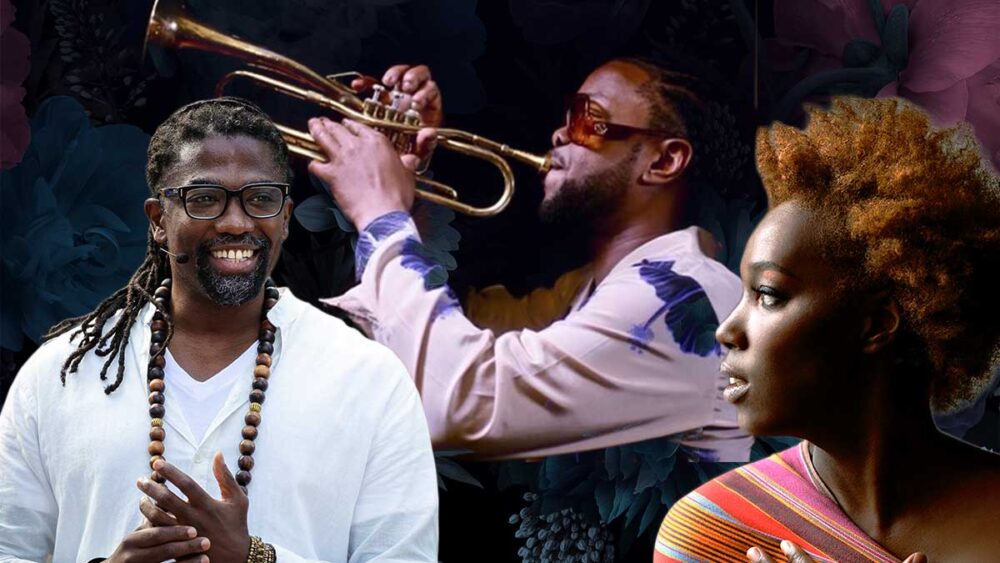What is Pinkster?
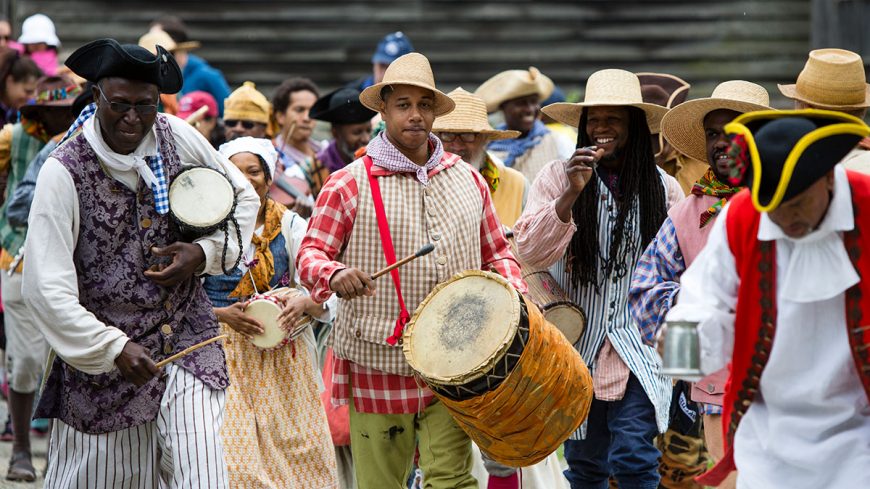
Pinkster is a holiday that was celebrated over several days by African and Dutch New Yorkers throughout the 1700s.
The holiday was brought to the New World by Dutch settlers in the 1620s and flourished in the areas of heaviest Dutch settlement: the Hudson Valley, northern New Jersey, and western Long Island. These same areas also had significant populations of enslaved Africans from the 1600s until emancipation in New York in 1827. For enslaved people, the year offered few holidays or breaks from tedious and often grueling work. For rural captives in particular, who were often isolated from larger African communities, Pinkster became the most important break in the year.
Despite Pinkster’s Dutch origins, Africans in New York and New Jersey were so successful at incorporating their own cultures into the celebration that by the early 1800s, Pinkster was actually considered an African-American holiday
Pinkster was celebrated over several days. The Dutch observed Pinkster by attending church services, and important church functions like baptisms and confirmations were often held during the festival. Neighbors visited one another, and children dyed eggs and ate gingerbread.
Enslavers granted time off to captive men and women. The Pinkster holiday afforded enslaved Africans the opportunity to reunite with loved ones and family members who often lived some distance away. Many journeyed from rural areas into New York City, with its significantly larger population of both free and enslaved Africans. By the mid-1700s, markets in New York and Brooklyn were attracting large gatherings at Pinkster time. Enslaved men and women sold such items as berries, herbs, sassafras bark, beverages, and oysters at these markets, and in turn used the money earned to participate in the Pinkster celebration.
Africans and Europeans alike enjoyed drinking, game-playing, dance, and music at these gatherings. Vendors adorned market stalls with greenery and flowers (azaleas are associated with Pinkster), and European vendors hired skillful African dancers to draw crowds to their booths. Dances such as the “jig,” “breakdown,” or “double shuffle” synthesized African and European elements with newly invented steps and were the forerunners of tap and break dancing.
Pinkster Becomes an African-American Holiday
Pinkster as an African-American creative expression reached its zenith in Albany during the period between 1790 and 1810. In the weeks prior to the holiday, temporary shelters woven from brush and clearly based on African forms were set up on three sides of a square at the top of “Pinkster Hill” (the present-day site of the New York State Capitol).
During these years Pinkster was always presided over by King Charles, a figure of great local renown and preeminence within Albany’s African community. Charles, an Angola-born captive claimed by the Mayor of Albany, was tall, handsome, an athletic and tireless dancer, and a gifted speaker. As the Master of Ceremonies, he was responsible for directing the event and keeping up the spirits of participants during the long sessions of drumming and dancing that crowned the celebration. The style of dance and the complex layering of contrasting rhythms by the drummers and clappers attest to the survival and retention of West African traditions.
Although Pinkster still attracted African Americans, Euro-Americans, and Native Americans to its festivities, by the early 1800s it was viewed by observers as a primarily African-American holiday. The Dutch had shifted their focus to newer American holidays like Election Day and Independence Day.
The Meaning of Pinkster
Pinkster meant different things to different people. To Dutch celebrants, Pinkster was a religious holiday, a break from work, and an opportunity for visiting. For enslaved people, gathering in rural areas or at urban markets, the holiday was all this and more. African men and women enjoyed temporary independence, made money, and purchased goods. More importantly, Pinkster meant the opportunity to reunite with family and loved ones and the chance to preserve, reshape, and express African traditions despite the restrictions of enslavement.
During the late 1700s and early 1800s, the festival in Albany was presided over by a King who was himself a captive – an inversion of the usual social order. The crowning of the Pinkster King, like the election of generals or governors during other holidays celebrated by African people elsewhere in the northeast, invested respected members of the African community with symbolic power over the whole community and with distinction within their own community. Celebrations featuring this sort of inversion of rank can be traced both to West African and European antecedents. Pinkster is related in this way to more famous New World festivals such as Mardi Gras.
Another significance of Pinkster was the opportunity for enslaved Africans to slyly mock their white captors through caricatures of European fashions and behavior, and to voice their own anguish through speeches, storytelling, and improvised call and response singing.
Pinkster Today
Philipsburg Manor, a nationally significant historic site in Sleepy Hollow, New York, continues the Pinkster tradition today. The Pinkster Festival celebrates and commemorates the region’s African American history and culture. In 2025, Pinkster was celebrated on May 24.
In the colonial period, Philipsburg Manor’s Upper Mills property consisted of over 50,000 acres owned by the Philipses, wealthy Dutch merchants. A community of 23 enslaved Africans lived there year-round, overseeing the operation of a grist mill and large farm. European tenants, many of them Dutch, rented manor land from the Philipses and grew wheat as a cash crop.
We do not know whether the African and Dutch residents of the manor held their own Pinkster festivities at Philipsburg in the 1700s or if they traveled to one of the larger urban celebrations nearby.
Uncovering Pinkster
An account in the New-York Weekly Journal newspaper in March 1737 describes a Pinkster gathering in fields just outside of New York City. In particular, it notes the use of African-style musical instruments during Pinkster. Market festivities during Pinkster are described in Thomas DeVoe’s The Market Book: A History of the Public Markets of the City of New York, which was published in 1862 but drew on memories of earlier, first-hand experiences. James Fenimore Cooper includes a description of an 18th-century Pinkster celebration in his novel Satanstoe, published in 1845.
Two important descriptions document Pinkster at Albany, including details about the character and role of King Charles. A detailed account appeared in the Albany Centinel in June 1803. In the same year, a pamphlet appeared in Albany entitled “The Pinkster Ode,” written by Absalom Aimwell (probably a pseudonym). This lengthy poem has satiric elements, but also a strong abolitionist viewpoint. It was reprinted in 1952 in the New York Folklore Quarterly, Vol. Eight. Another eyewitness account is provided by Dr. James Eights in “Pinkster Festivals in Albany Sixty Years Ago,” which appeared in Collections on the History of Albany, Vol. 2 (Albany, 1867).
The following books are of interest for their treatment of Pinkster and other African American festivals.
Roger D. Abrahams, Singing the Master (Penguin, 1993)
Graham Russell Hodges, Slavery and Freedom in the Rural North (Madison House, 1997)
Shane White, Somewhat More Independent (University of Georgia, 1991)
A.J. Williams-Myers, Long Hammering (Africa World Press, 1994)
Sharon Dennis Wyeth, Once on This River (Random House, 1998)









